One of the plants in the set of ten that make up the Scottish Plant Recovery project – small cow-wheat (Melampyrum sylvaticum) – is a particular enigma due to its poorly understood interactions with insects. Like many flowering plants, it seems to have enlisted insect pollinators, at least that’s what it looks like based on the structure of the flower. The trouble is that there seem to be no observations of insect visits to the flowers.
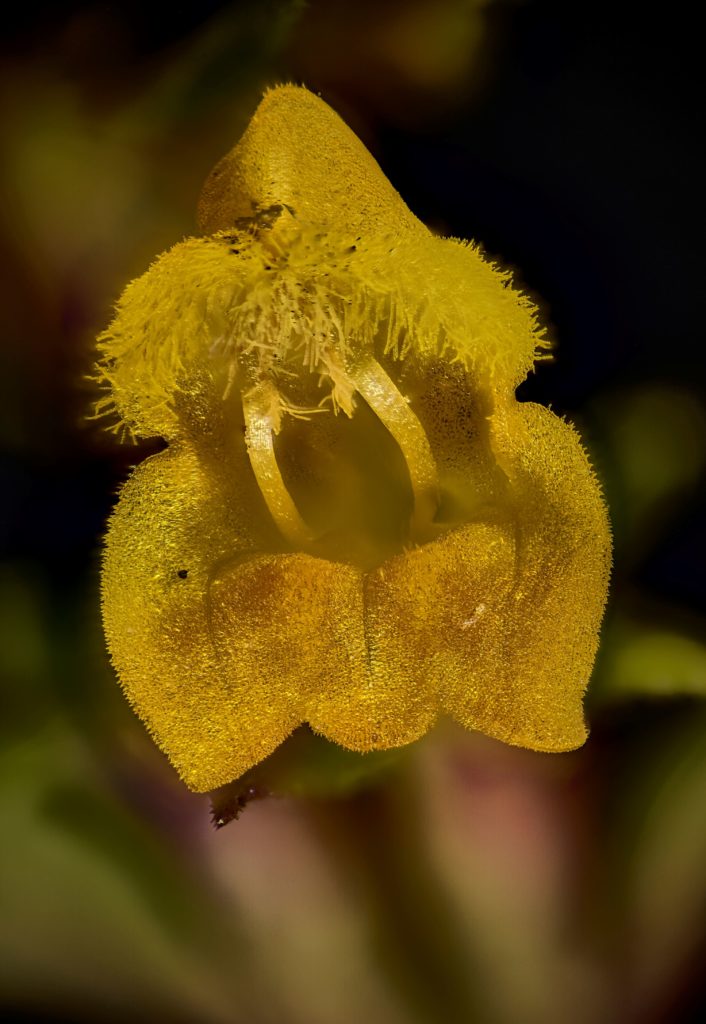
The second insect-related mystery is that there have been observations of wood ants (Formica species) picking up the seeds. This has led people to suppose that wood ants are an important means of dispersal for the surprisingly large seeds of this dainty woodland flower. The trouble is that this ant behaviour has never been observed in Scotland. A double mystery, or in the language of retail a ‘BOGOF’ (buy one get one free)!
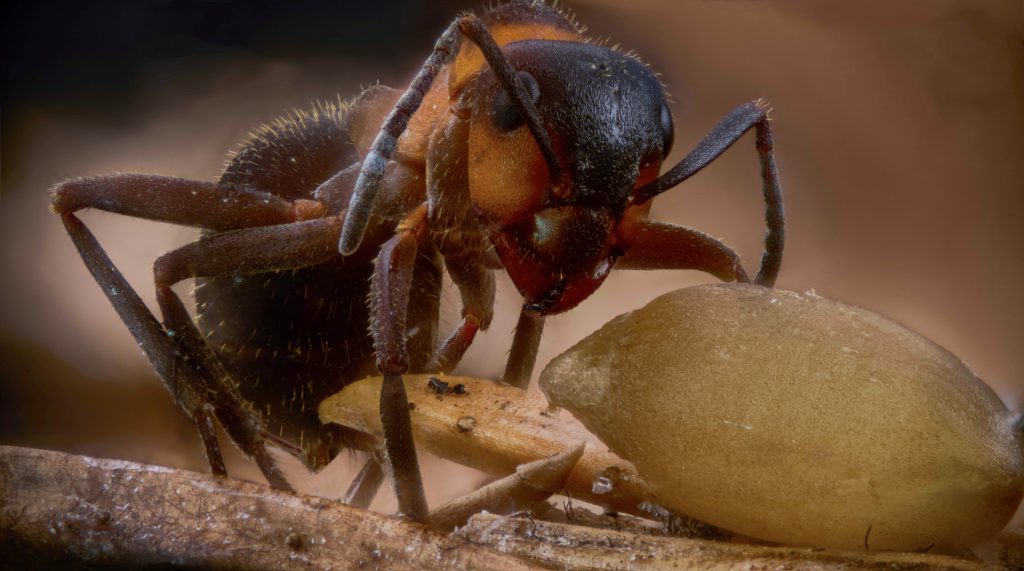
Now, I must come clean about the image of the ant and the cow-wheat seed above as it could set hearts racing. This is not an image of ant behaviour. The ant is dead and has been posed with the seed. The idea was to show a fresh seed alongside the ant in a realistic pose. The basis of the relationship, observed elsewhere, is the food value of a specialised structure on the seed called an elaiosome. These very obvious structures are rich in fat and protein and provide a useful food for the ants. This ‘reward’ is offered by the plant to entice ants to move the seeds around. Ants have been seen carrying seeds back to their nests.
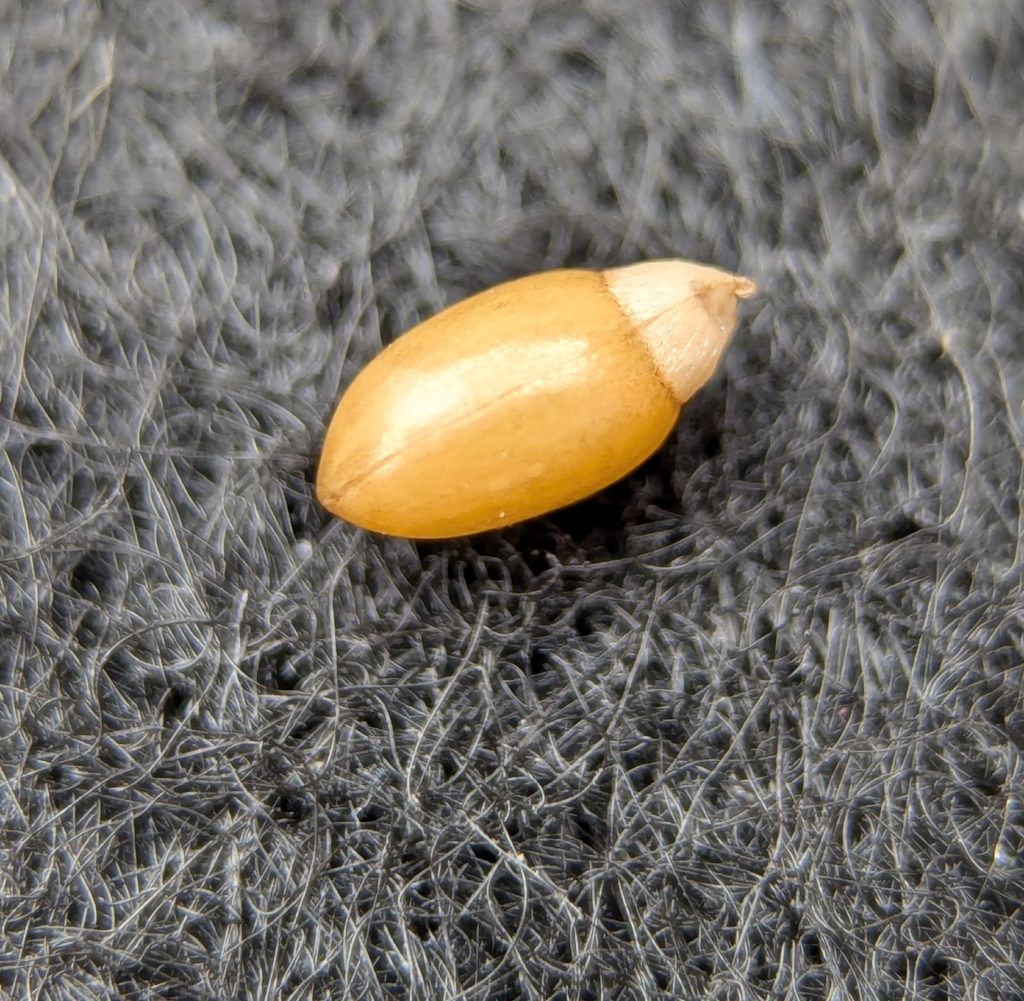
So, we are left wondering what is going on in Scotland and whether these potentially important relationships with insects do indeed influence where this rare and threatened plant grows and how well it does?
This short post is designed to introduce these mysteries with the possibility of shedding some light on them in the near future. The team working on the recovery programme for this species will shortly be undertaking fieldwork in Norway to see, first hand, how small cow-wheat grows in a place where it is much more abundant than in Scotland. The aim of this work is to build up a better picture of the ideal habitat of this species as a way to identify potential recovery sites for planting in Scotland.
Norway also has healthy populations of whorled Solomon’s seal (Polygonatum verticillatum), alpine blue-sow-thistle (Cicerbita alpina) and oblong woodsia (Woodsia ilvensis), all of which are part of our threatened plant recovery work. Observations in Norway of all of these species will be of great value to the project.
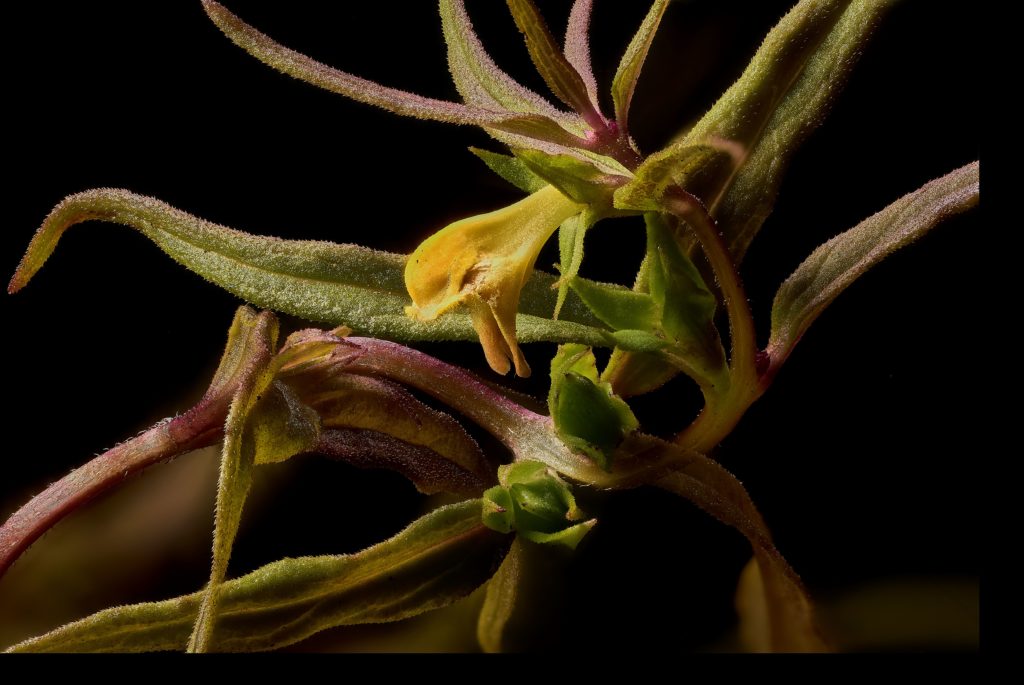
Being around good populations of small cow-wheat at flowering time will give us an opportunity to potentially spot pollinator activity. We will also be able to keep an eye out for the very large and distinctive nests of wood ants on the forest floor. These nests are vast piles of plant debris and can be seen from some distance away. This is handy as the wood ants will defend their nests by shooting formic acid at intruders. Not really something you want to experience as formic acid is pretty nasty stuff that burns the skin!
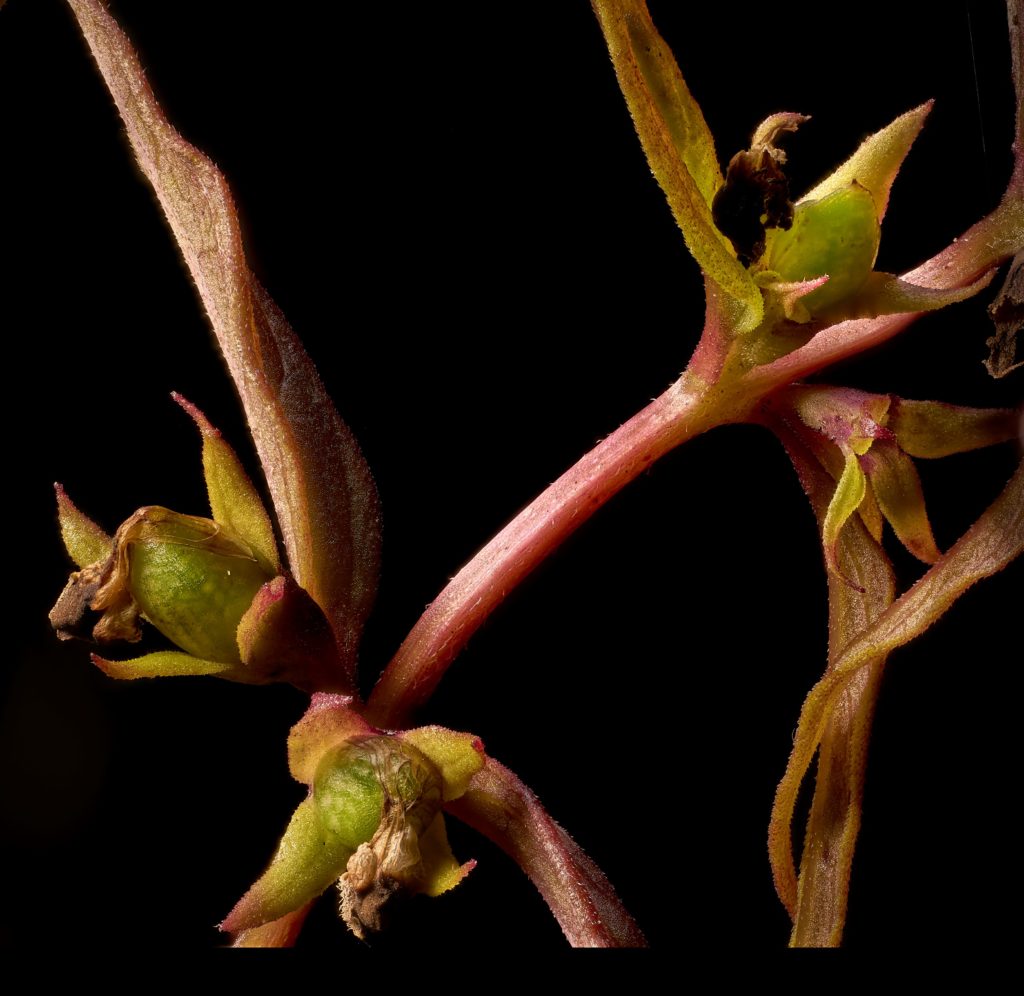
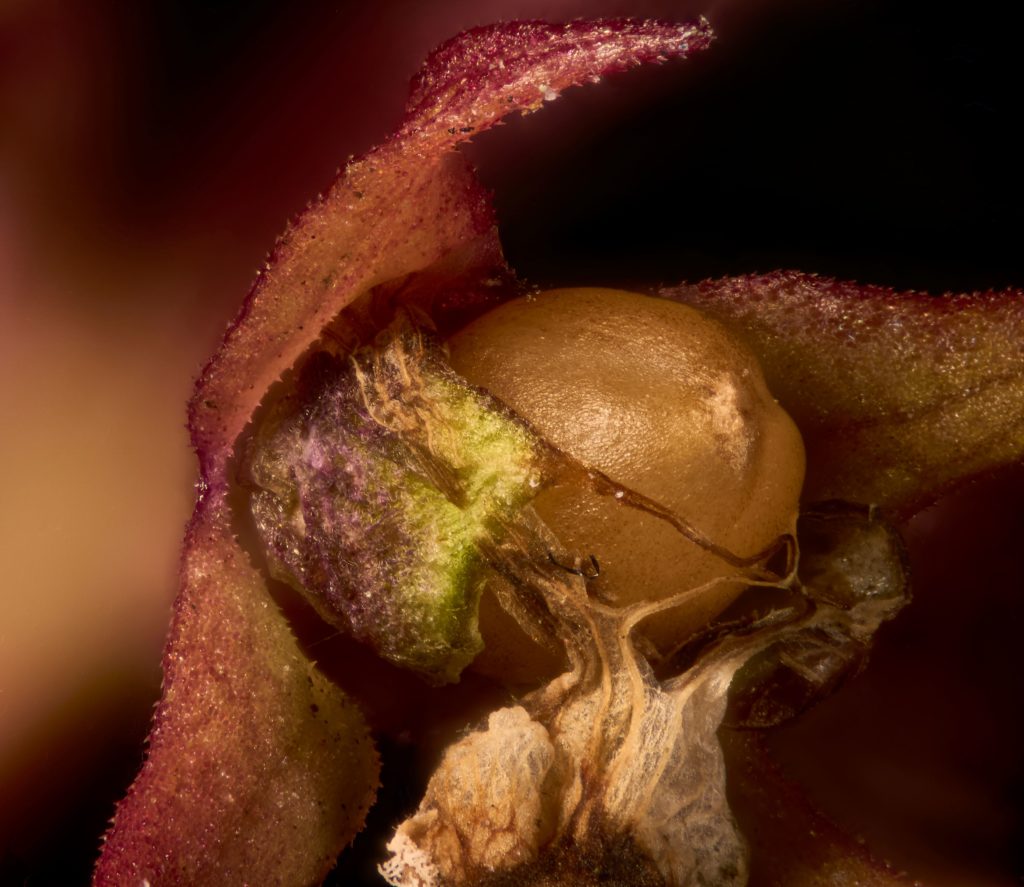
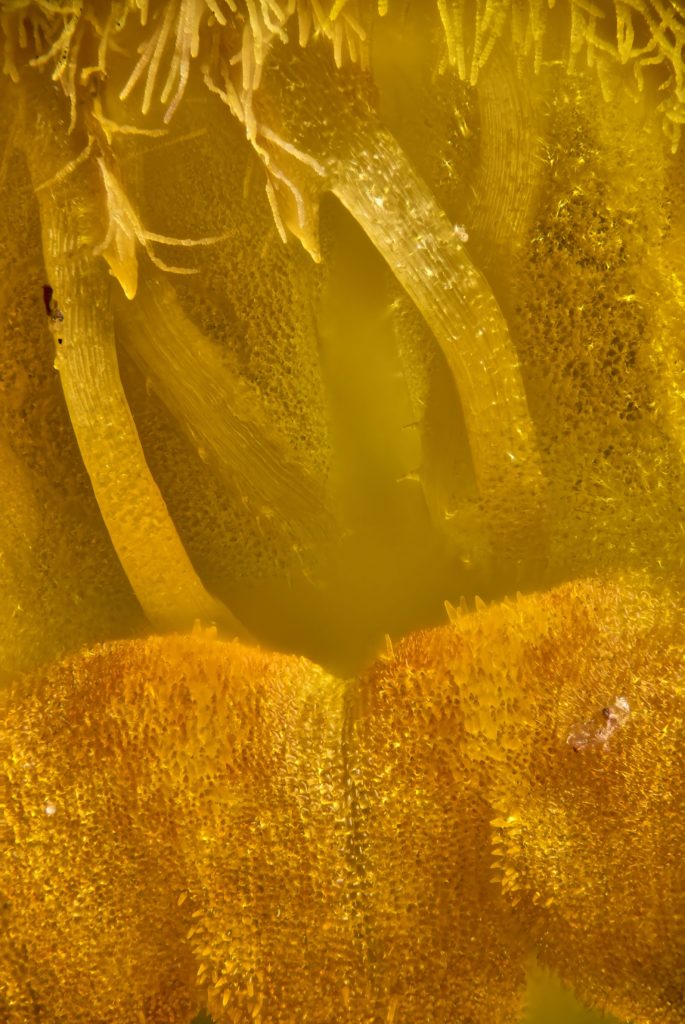
It is probably expecting too much to solve either of these mysteries during a short field trip, but it will be great to learn more about what this plant needs. There will be updates posted from Norway, so watch this space…


- X @TheBotanics
- X @nature_scot
- X and Facebook @ScotGovNetZero
- Facebook @NatureScot
- #NatureRestorationFund
Acknowledgement: The detailed images of small cow-wheat have been created by Francis Principe-Gillespie using microphotography. They show details of flowers and fruit that have not previously been captured by photography.
The wood ant posed with the seed was provided by Jenny Stockan of the James Hutton Institute. Jenny is working with the RBGE team on the possibility of joint translocation of ants and plants for recovery purposes.
